Aerosol as an extinguishing agent
What is an aerosol?
An aerosol is a heterogeneous mixture of a gas and fine liquid or solid colloidal suspended particles.Definition of colloids: particles with a diameter of a few micro- to nanometers, finely dispersed in a solid, gas or liquid
Structure of an extinguishing generator
Aerosol as extinguishing agent in solid form is the main component in cylindrical or box-shaped extinguishing generators.
In the event of fire, this is ignited by an electrical or thermal impulse. The reaction process produces potassium carbonate (also used as an additive E501 in food), which exits as a solid aerosol (the average particle size of the extinguishing agent is between 0.5 and 2.5 μm).
When the extinguishing agent exits the aerosol extinguishing generators, the chemical chain reaction of the flame is interrupted, and the fire is extinguished within seconds.
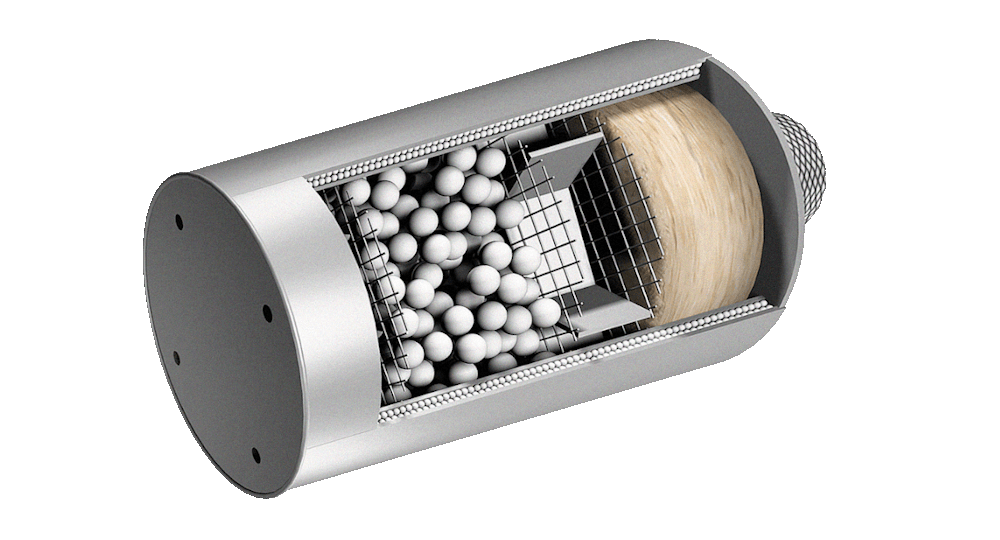
How does aerosol extinguishing agent extinguish?
Fire fighting at the molecular level
While conventional extinguishing agents rely on cooling (1) or oxygen removal (2) during the extinguishing process, aerosol as an extinguishing agent uses the molecular level (4) to break up the resulting flame within seconds and thus extinguish it.
This chemical reaction prevents re-ignition as long as the aerosol extinguishing agent is present in the room.
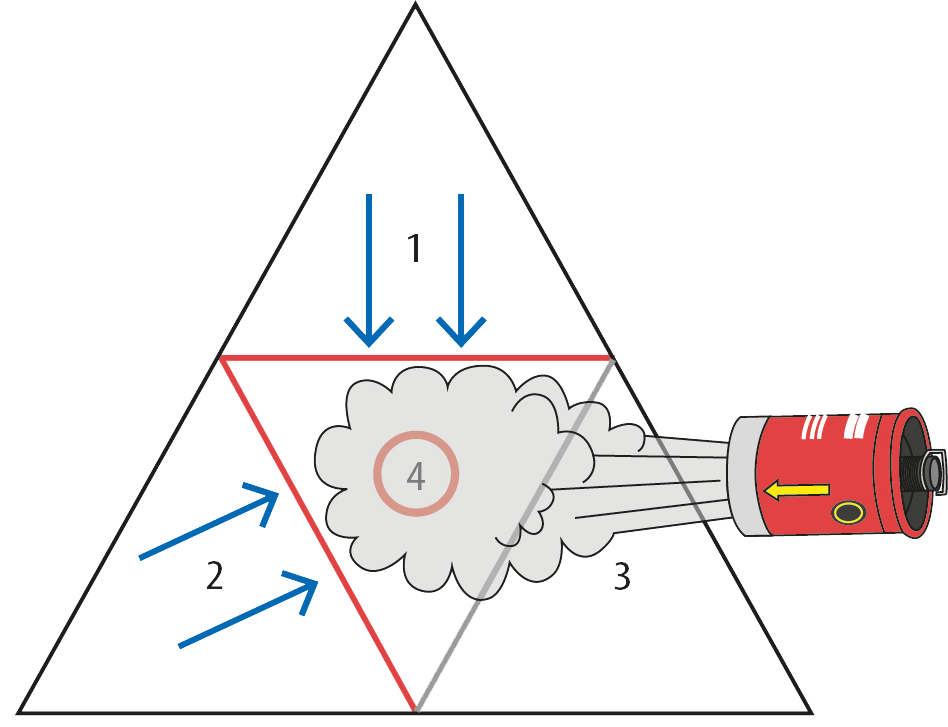
2 = oxygen (oxidizing agent) e.g. CO2
3 = fuel
4 = uninhibited chemical chain reaction Aerosol extinguishing agent
Extinguishing process
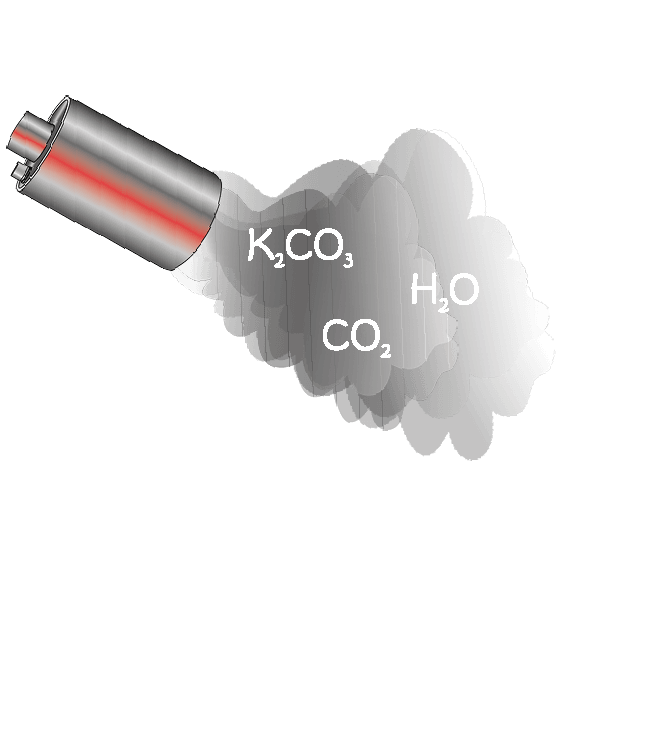 |
An aerosol is a mixture of a gas and very fine liquid or solid particles. When an aerosol generator is triggered, the aerosol based on potassium carbonate is generated and released. | |
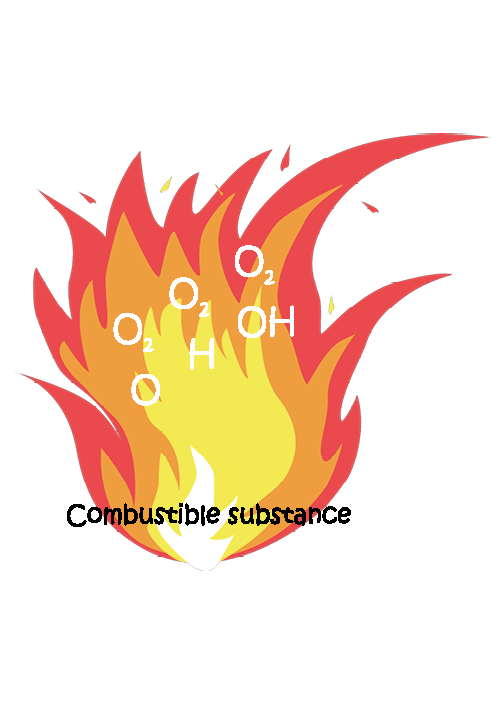 |
Chemical process: When the aerosol hits the flame, the binding of free radicals interrupts the chain reaction of the combustion process. The flame extinguishes. |
|
| For a chemical reaction to take place the activation energy is needed. The required amount of energy is provided by the excess energy from the fire. |  |
|
| The flame extinguishes in seconds. As long as the aerosol is still present in the room re ignition is impossible. | ||
What does the aerosol extinguishing agent extinguish?
Due to the structure and operation, aerosol extinguishing agent can extinguish many classes of fire.
Tested are according to European standard EN-2 :


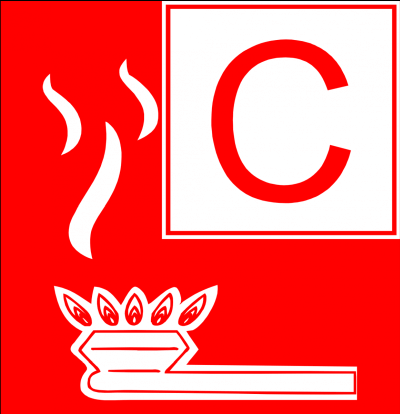

Advantages of aerosol extinguishing agent
- Extinguishing of incipient fires within seconds
- Not electrically conductive
- Only small quantities required for extinguishing
- Minimization of consequential damage
- Fire classes A, B, C, and F
- No(n) oxygen deprivation/displacement
- Non-toxic
- Harmless to health
- environmentally neutral ("green agent")
- No effect on the ozone layer
- Not design determining
- Unpressurized installation
- Modular
- Low weight and volume
- Quick and easy to integrate into existing systems
- Low investment
- Favorable installation cost
- Faster and less expensive maintenance
- Faster and less expensive maintenance
- Fast repair & recommissioning after extinguishing

